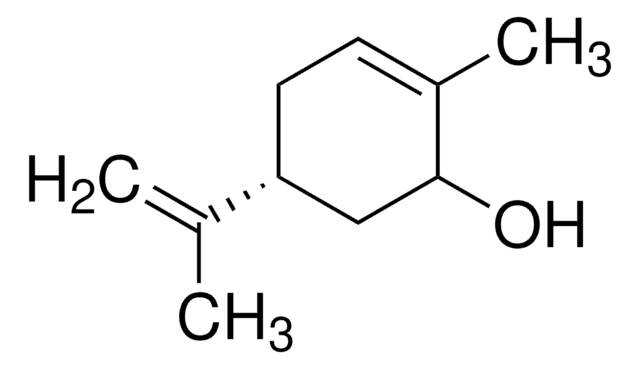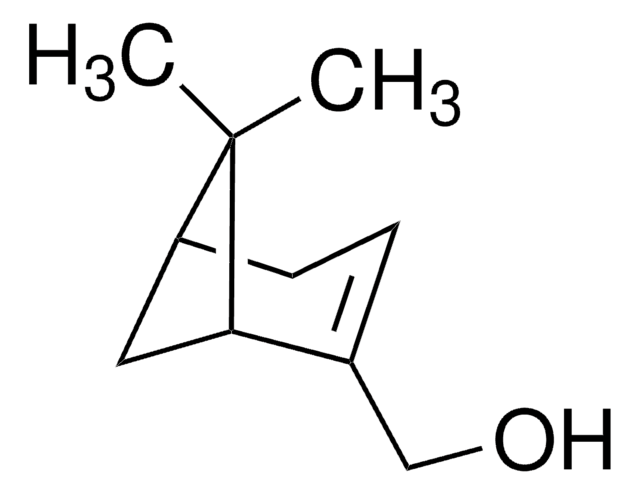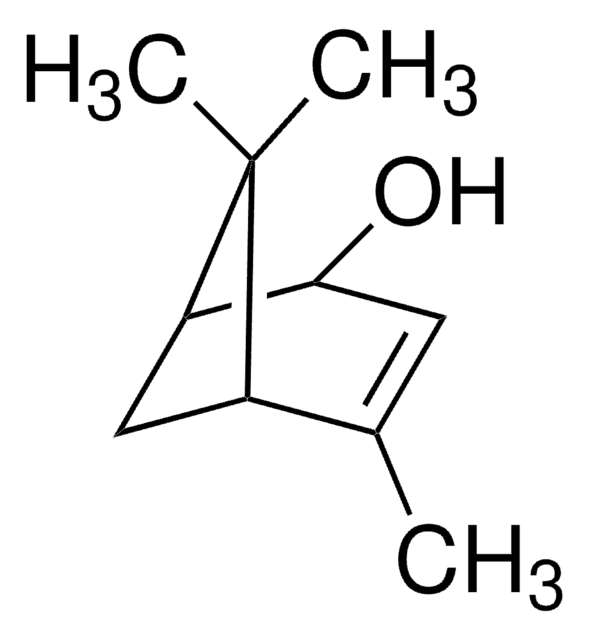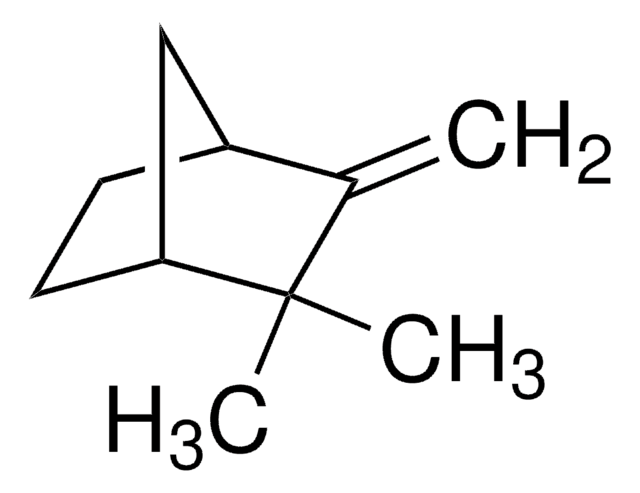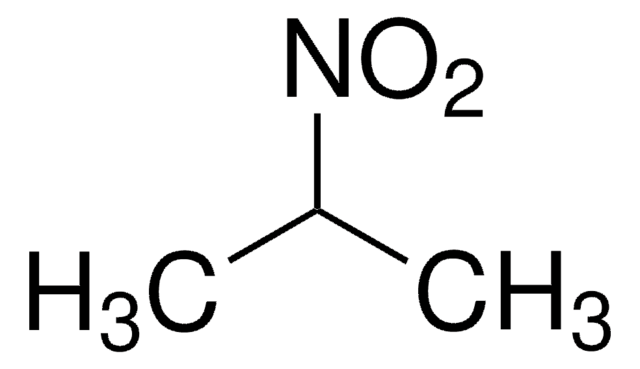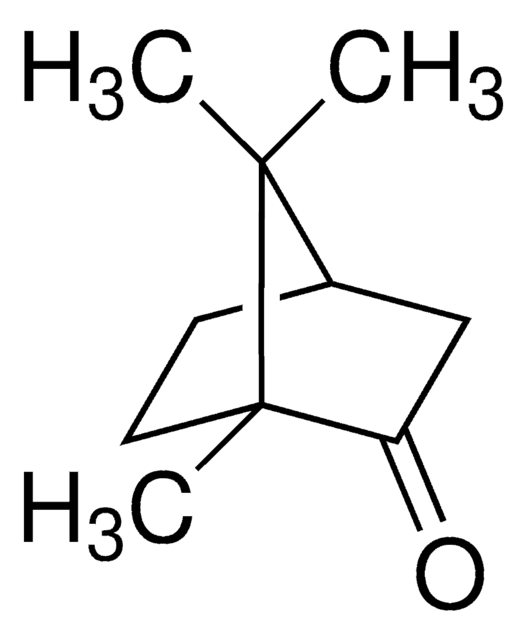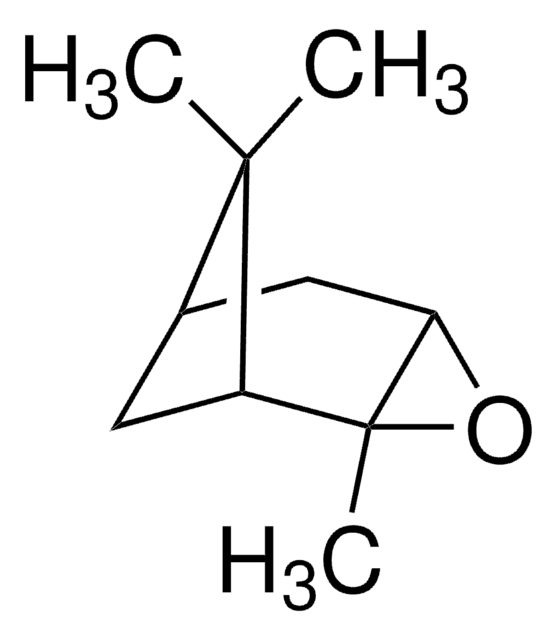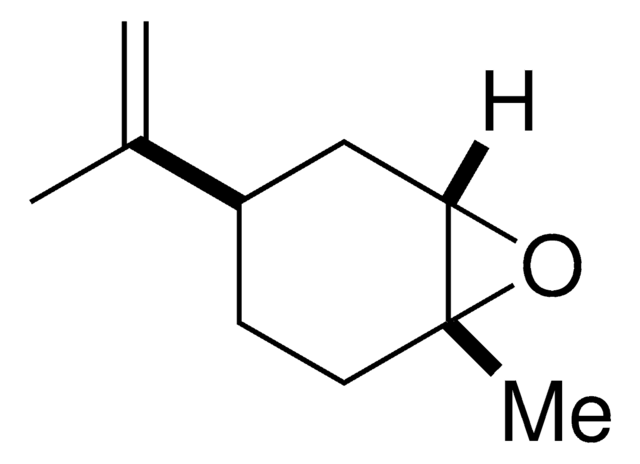192384
(−)-Carveol, mixture of isomers
97%
Sinónimos:
p-Mentha-6,8-dien-2-ol
About This Item
Productos recomendados
Quality Level
assay
97%
optical activity
[α]20/D −112°, c = 1 in chloroform
refractive index
n20/D 1.496 (lit.)
bp
226-227 °C/751 mmHg (lit.)
density
0.958 g/mL at 25 °C (lit.)
functional group
hydroxyl
SMILES string
CC(=C)[C@@H]1CC=C(C)C(O)C1
InChI
1S/C10H16O/c1-7(2)9-5-4-8(3)10(11)6-9/h4,9-11H,1,5-6H2,2-3H3/t9-,10?/m1/s1
InChI key
BAVONGHXFVOKBV-YHMJZVADSA-N
¿Está buscando productos similares? Visita Guía de comparación de productos
Categorías relacionadas
signalword
Warning
hcodes
Hazard Classifications
Eye Irrit. 2 - Skin Irrit. 2 - STOT SE 3
target_organs
Respiratory system
Storage Class
10 - Combustible liquids
wgk_germany
WGK 2
flash_point_f
208.4 °F - closed cup
flash_point_c
98 °C - closed cup
ppe
Eyeshields, Gloves, type ABEK (EN14387) respirator filter
Elija entre una de las versiones más recientes:
¿Ya tiene este producto?
Encuentre la documentación para los productos que ha comprado recientemente en la Biblioteca de documentos.
Los clientes también vieron
Nuestro equipo de científicos tiene experiencia en todas las áreas de investigación: Ciencias de la vida, Ciencia de los materiales, Síntesis química, Cromatografía, Analítica y muchas otras.
Póngase en contacto con el Servicio técnico